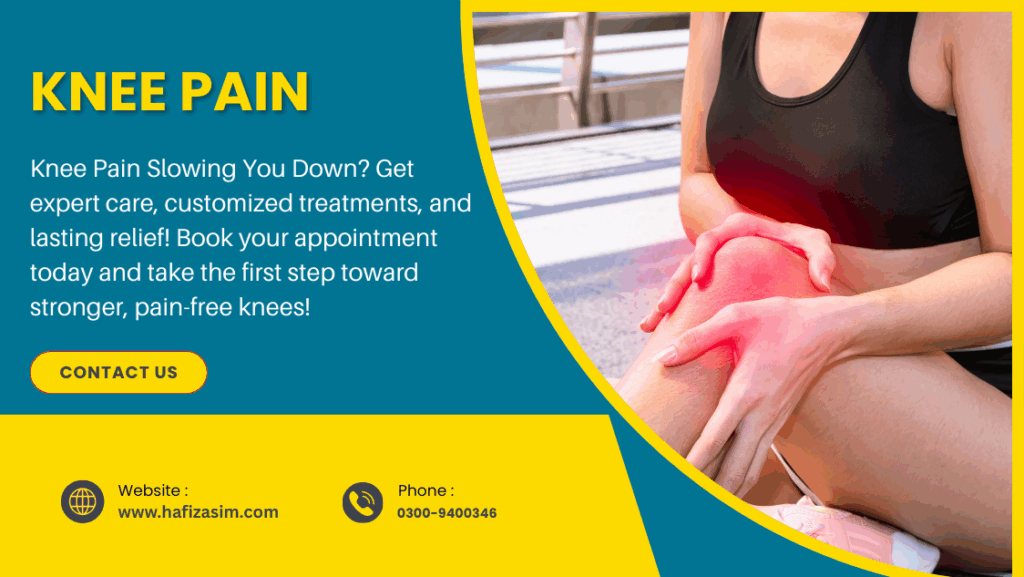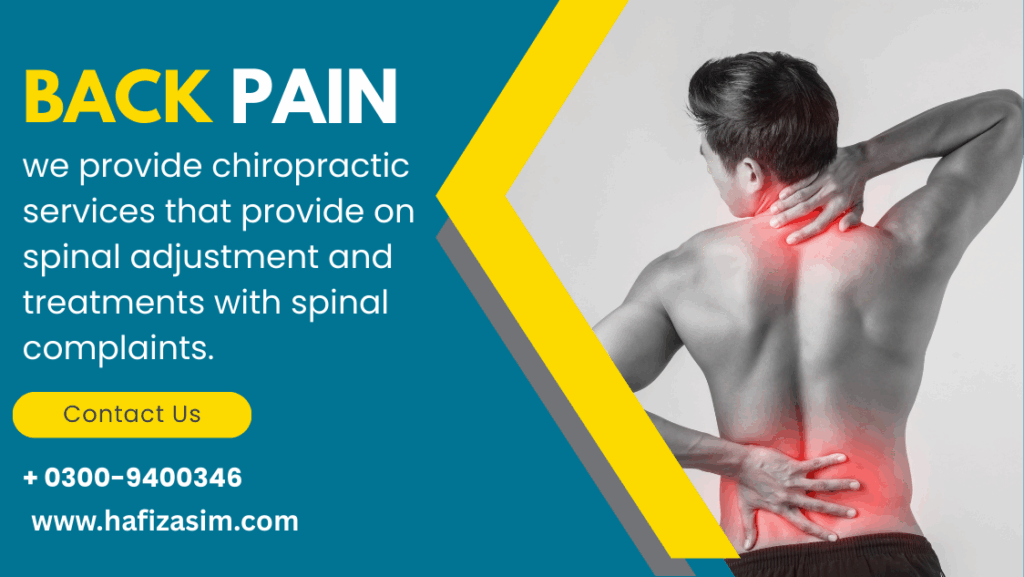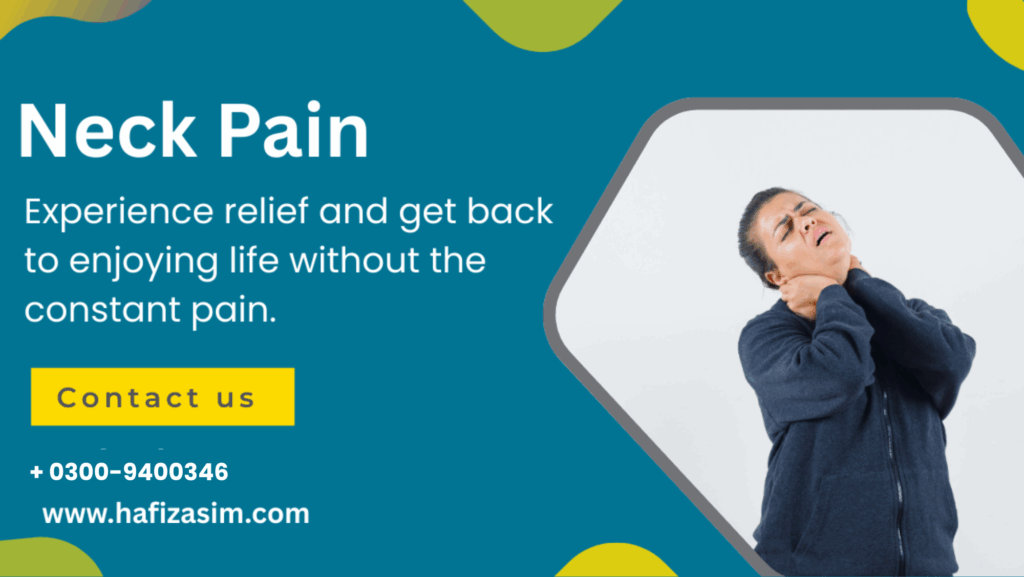Introduction
Knee pain is a common issue affecting people of all ages. Whether caused by an injury, overuse, or an underlying condition, knee pain can make daily activities difficult. Understanding the root cause and seeking the right treatment is essential for long-term relief.
In this post, we’ll explore the causes of knee pain, effective treatment options, and ways to prevent future discomfort.
Common Causes of Knee Pain
1. Osteoarthritis
- Symptoms: Joint stiffness, swelling, and pain that worsens over time.
- Causes: Cartilage degeneration due to aging, obesity, or joint overuse.
2. Patellar Tendinitis (Jumper’s Knee)
- Symptoms: Pain around the kneecap, especially during physical activity.
- Causes: Overuse from repetitive jumping, running, or sports.
3. Meniscus Tears
- Symptoms: Swelling, stiffness, and difficulty moving the knee.
- Causes: Sudden twisting motions or gradual wear and tear.
4. Ligament Injuries (ACL, MCL, PCL Tears)
- Symptoms: Instability, swelling, and difficulty bearing weight.
- Causes: Sports injuries, sudden stops, or direct impacts.
5. Runner’s Knee (Patellofemoral Pain Syndrome)
- Symptoms: Pain around or behind the kneecap, especially after sitting or climbing stairs.
- Causes: Weak quadriceps, improper running form, or misaligned kneecap.
6. Bursitis
- Symptoms: Swelling, warmth, and tenderness around the knee joint.
- Causes: Repetitive kneeling or direct impact.
7. Gout or Rheumatoid Arthritis
- Symptoms: Severe pain, redness, and joint stiffness.
- Causes: Uric acid buildup (gout) or autoimmune inflammation (rheumatoid arthritis).
Effective Treatment Options for Knee Pain
1. Rest and Activity Modification
- Reduce activities that worsen pain.
- Use a brace or crutches if necessary.
2. Ice and Heat Therapy
- Apply ice packs for 15-20 minutes to reduce swelling.
- Use heat therapy for chronic pain relief.
3. Physical Therapy and Strengthening Exercises
- Strengthening the quadriceps, hamstrings, and glutes can provide knee support.
- Exercises like leg raises, squats, and step-ups can help improve mobility.
4. Anti-Inflammatory Medications
- NSAIDs like ibuprofen can help manage pain and swelling.
- Consult a doctor before prolonged use.
5. Knee Injections
- Corticosteroid injections reduce inflammation.
- Hyaluronic acid injections improve joint lubrication.
6. Supportive Footwear and Orthotics
- Proper footwear reduces joint strain.
- Orthotic insoles can help with alignment issues.
7. Surgery (For Severe Cases)
- Arthroscopy: Minimally invasive procedure to repair cartilage or ligaments.
- Knee Replacement: Used for severe arthritis when other treatments fail.
How to Prevent Knee Pain
1. Maintain a Healthy Weight
Excess weight increases strain on knee joints. Maintaining a healthy BMI can prevent knee issues.
2. Strengthen Supporting Muscles
- Strong quadriceps, hamstrings, and glutes stabilize the knee.
- Exercises like leg presses, lunges, and bridges improve joint support.
3. Warm-Up Before Exercise
- Stretching before workouts reduces injury risk.
- Dynamic stretches like leg swings and knee circles help prepare the muscles.
4. Avoid High-Impact Activities
- Running on hard surfaces increases knee stress.
- Opt for low-impact exercises like swimming or cycling.
5. Use Proper Technique
- Maintain good posture when walking or running.
- Avoid overstriding and landing too hard on your feet.
6. Wear Knee Support if Needed
- A knee brace reduces strain during sports.
- Compression sleeves can support the joint and reduce swelling.
How IMC Rehab Services Can Help
At IMC Rehab Services, our experienced physiotherapists offer personalized knee pain treatments tailored to your condition. Whether you’re recovering from an injury or managing arthritis, our experts can help restore your mobility and relieve pain.
Schedule a consultation today and take the first step toward pain-free movement!


